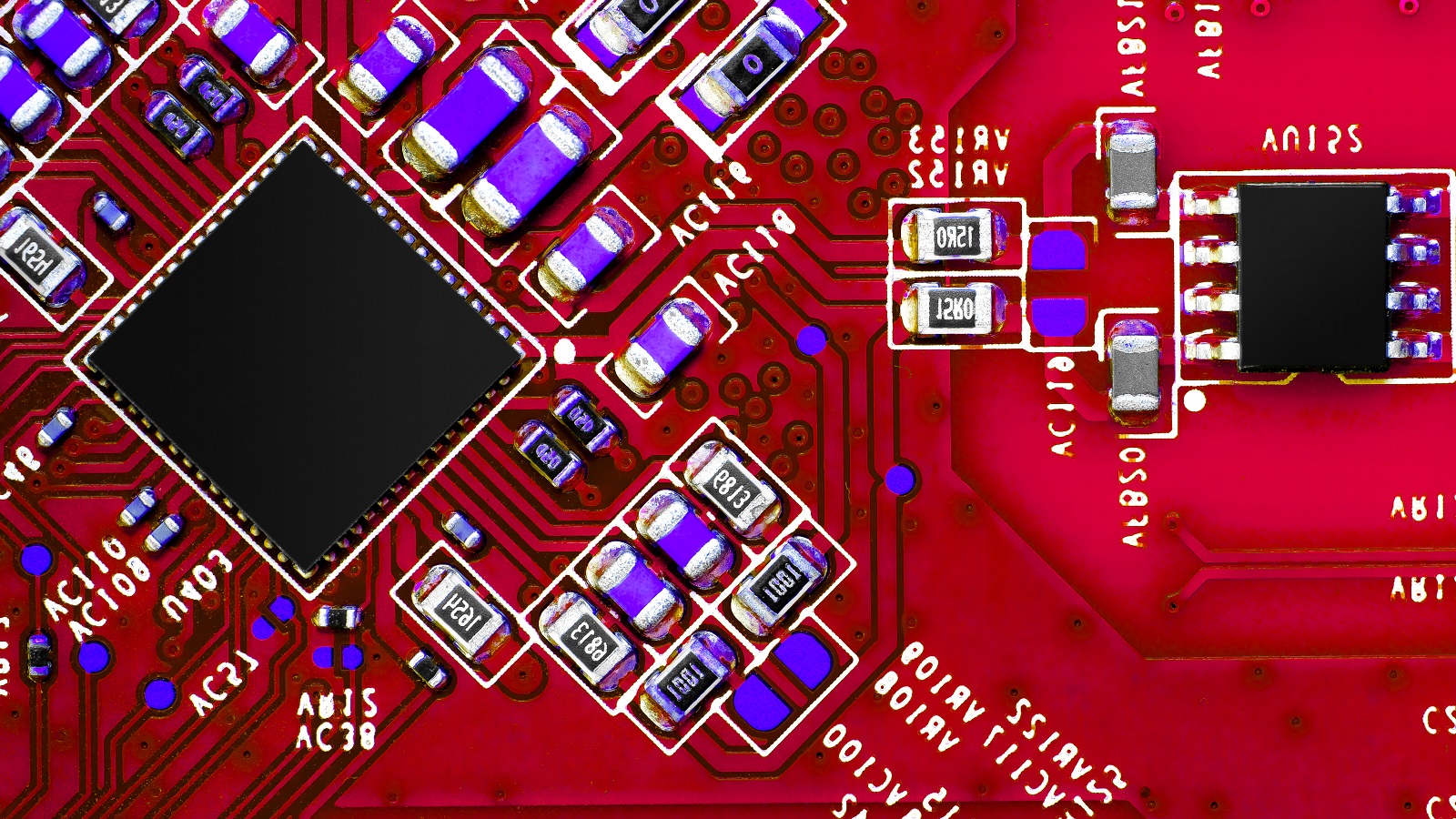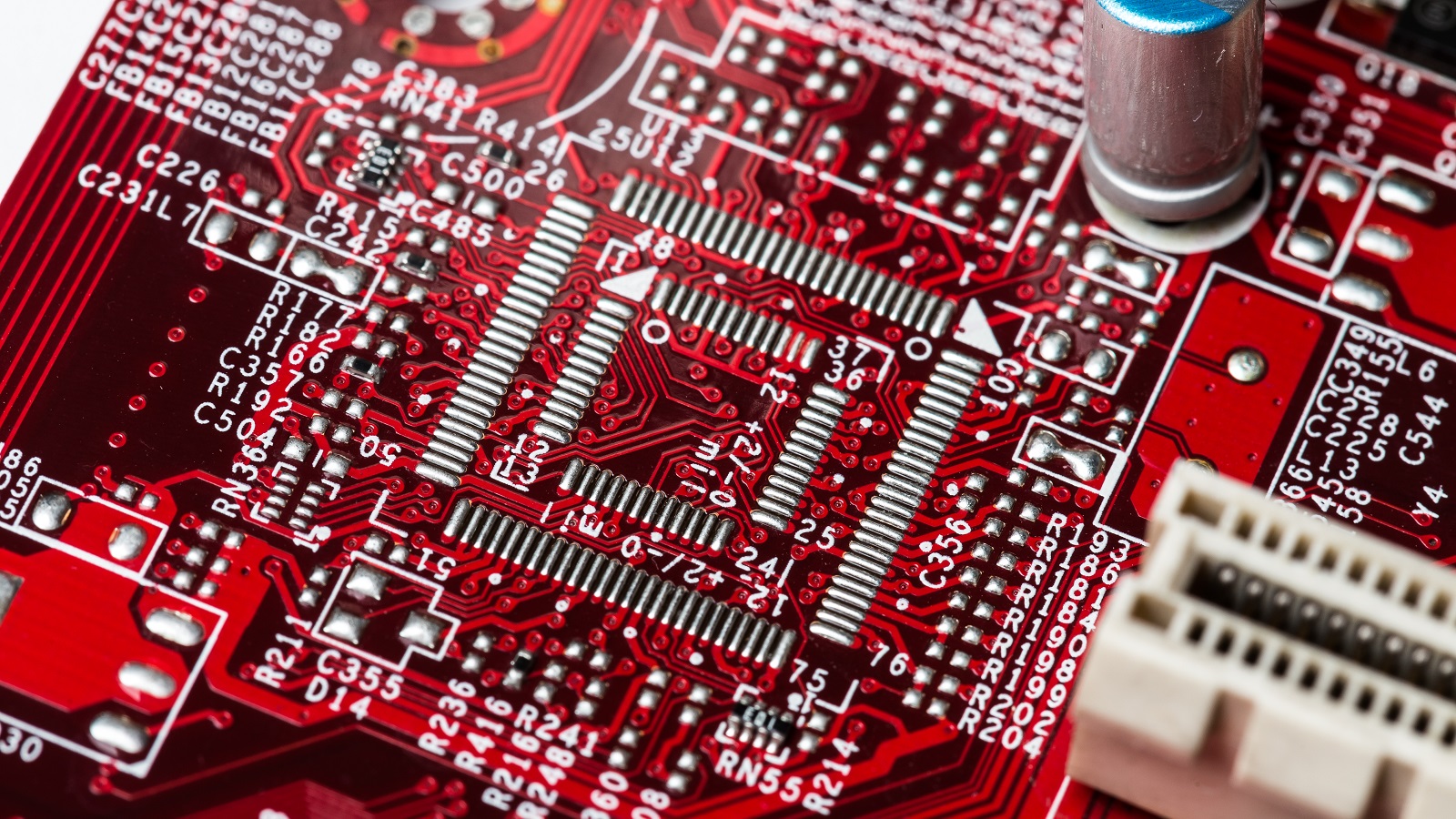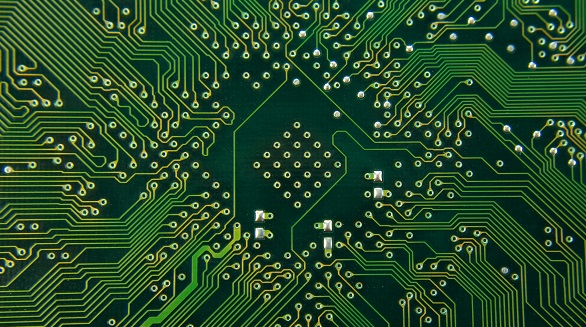Why is PCB Assembly Service So Expensive?
PCB assembly costs are high due to precision manufacturing, premium materials, extensive testing, double-sided assembly, and complex components. Turnaround time, SMT vs. THT technology, and custom specs also add expenses.
Many reasons make the PCB assembly service very expensive to the customers. Thanks to modern technology and the inherent requirement for high quality electronics that has driven the demand for such services, many material and procedural factors have contributed to making PCB assembly services more and more expensive. Find out here why PCB assembly services are known to cost a bomb.
Precision and Complexity
The preciseness of the manufacturing process is one of the main causes of the often-extravagant nature of PCB assembly. Today's electronics usually are condensed with miniaturized components that have to be put in place with maximum precision. This makes the utilization of high-precision equipment, such as pick-and-place machines and reflow ovens, necessary—all at quite a significant cost. How the use of these machines pays off with end electronic device quality and reliability is explained.
Quality of Materials
The quality of the materials used in your PCB can make a significant difference in the results, and in the costs. If you want a good, reliable board, using the best level of substrate materials, like FR4, and quality solder paste, will increase the total cost of the PCB assembly. There may be additional specially developed materials for use in applications that are more expensive, like better thermal or higher frequency.

Testing and Inspection
Rigorous testing and inspection are essential to ensure that the delivered PCBs will have a ceaseless defect. Each board will undergo several testing, which comprises visual inspections, Automated Optical Inspection (AOI), and, for complex components, like Ball Grid Arrays (BGAs), even for x-ray inspection. All these will assure the end product not only to have the resulting quality but is also of high reliability. The greater number of testing and inspection processes added will cause the increased cost in the overhaul.
Double-Sided Assembly
Costs add up considerably if your design requires components on both sides of the PCB. In double-side assembly, the effort needed for making the solder stencil, programming the SMT machine, and the inspection steps all effectively double. Because everything has to be duplicated all over again for the second side, labor and material costs may double.
Component Complexity
Certain components add further complications to the assembly process, mostly leadless and fine-pitch parts. Most of these components require special handling and inspection methods, which create layers of cost additions. For example, special processes are required for placing and inspecting BGAs because their solder joints cannot be viewed; in many cases, this requires X-ray inspection.
Turnaround Time
Expedited production schedules, therefore, significantly raise assembly costs. Ensuring that the turn-around time is short entails manipulating the production queues, which can include overtime labor and expedited shipping methods to ensure that the products arrive on time. All these factors contribute to the raised cost of assembly.
Surface Mount Technology vs. Through-Hole Technology
Cost Comparison
- Drilling Process: The drilling process involved in THT adds a great deal of expense to this process, making SMT, generally speaking, a more cost-effective route.
- Component Placement: Component placement in SMT is done automatically, saving a lot of money in labor than in the through-hole technology, where most of the processes are manual.
- Design Efficiency: In its design, SMT allows for more miniaturization and higher density, typical of modern electronics technology.

Environmental Impact
Thru-hole technology features many components wielded with lead, whereas SMT advocates using lead-free assembly to integrate with modern environmental policies and cut the costs of handling hazardous material.
PCB Materials
The material choice forms the basis of variation in the cost of a PCB assembly. For example:
Thermal Properties: Good materials that offer great thermal management are expensive and indispensable for different high-performance applications.
Mechanical Properties: Materials have to be resistant against mechanical stress and various environmental conditions, which thereby affects their cost depending on the strength requirements.
Heat Transfer and Signaling Ability: The materials have to demonstrate good performance at high temperatures and be able to reliably transfer signals, especially in high-frequency applications.
Customer Specifications
Customization demands further increase the cost of PCB assembly. Customer-specified requirements for the trace dimensions, layer count, or coating types can have a large effect on the overall cost. Each customization adds more steps and considerations into the manufacturing process and needs careful planning and execution.
How to Control the Cost of Customization
There needs to be a balance in customization and cost. This is where the customer would be closely involved with the manufacturer in choosing the components and design elements that would be compliant to the requirements and yet not overly expensive. Exploring alternative materials or designs could further optimize the cost.
Conclusion
Basically, the cost of the PCB assembly process is founded on several factors, including the precision and complexity of the process, high-quality materials, and level and extent of testing or inspections. Other factors that give their share in the final cost are the choice between SMT and THT, the necessity of double-sided assembly, and special customer specifications. Grasping these facts will help in maintaining and minimizing costs and thus bring about the creation of high-quality PCBs within the budget.
Hot Tags:
Contact us

If you can't find what you're looking for, please contact us.
Article

Optimize PCB design, use through-hole vias, reduce layers, choose economical finishes, and minimize board size. Create detailed BOMs, order in bulk, avoid rush orders, ensure rigorous testing, compare providers, use automation, and consider turnkey services for cost-effective PCB assembly.

Key factors influencing PCB assembly cost include labor, turnaround time, quantity, technology, packaging, board size, material choice, layers, hole size, and finish. Manage costs by optimizing design, ordering in bulk, selecting suitable materials, and negotiating lead times.

Customers prefer one-stop PCBA service not only because of price transparency; it can save time and reduce labor costs with efficiency and professionalism in procurement and production.